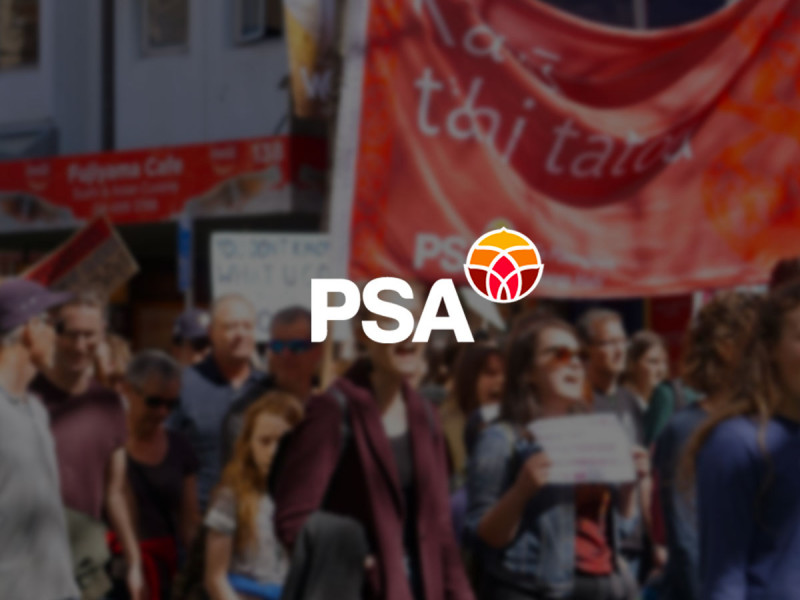There has been extensive research on the causes, but the public service has failed to provide leadership on this issue. The State Services Commission revealed some insights into the problem through their annual Human Resource Capability (HRC) report.
The difference between women’s and men’s pay is reducing slowly, but there is still a 14% gap, and this difference is even larger for women of colour. In New Zealand, this means that Māori and Pasifika women in particular bear a large proportion of this harm.
The usual excuse for this pay differential is the type of work women do, particularly Māori and Pasifika women, which are labelled as ‘low-skilled’ jobs. This explanation is usually given without any further analysis as to the ‘why’ and ‘how’.
To see why Māori and Pasifika women are consistently paid less, we need to understand two things – the role of ethnicity in lower pay and the reason for women’s overrepresentation in particular jobs.
The role of ethnicity
Structural sexism in our society intersects with structural racism. Women of colour face different barriers to entry into the workforce compared to their white counterparts, particularly in access to education.
Māori and Pasifika people, regardless of gender, are paid less than their Pākehā counterparts, and so Māori and Pasifika women are doubly disadvantaged.
While family circumstances, education level, and type of roles explain some of the gender pay difference, conscious and unconscious discrimination are also major factors.
Do women choose low-paid jobs?
Are women in roles that happen to have lower wages or are wages low because women are in these roles? In the United States, research shows that when women enter a particular profession, wages decline. In New Zealand, there is no specific public policy that measures this phenomenon or seeks to change it.
Time taken off to have children is also frequently cited as a reason for women being paid less. According to the HRC report, 99% of those in the state sector who took parental leave were women.
While paid parental leave has the potential to decrease the difference, women are still penalised for having children through loss of income. Once a child is born, women are expected to be the caregiver without adequate structures in place to support them. Since Māori and Pasifika women have higher fertility rates, they are likely disproportionately facing this burden.
Making a change
The lack of Māori and Pasifika women in upper management perpetuates existing discrimination and in order to combat those entrenched views in society, public policy measures that seek to correct discrepancies may be needed.
Paid parental leave for both partners in a relationship can ease the burden off of women who are giving birth. In Norway and Iceland, paid leave is specifically reserved for fathers which helps to equalize the imbalance in the length of time that women have to exit the workforce to have children.
Quotas can force employers to consider candidates they would not consider because of positive bias for white candidates, while transparency of wages can allow women to better negotiate pay. Over the long-term, policies like these can help to ensure women not only enter the workforce, but enter specific professions and at specific levels of management.
By Lamia Imam
This article is from the March 2016 issue of the PSA Journal. You can read back issues of the Journal by clicking here.









